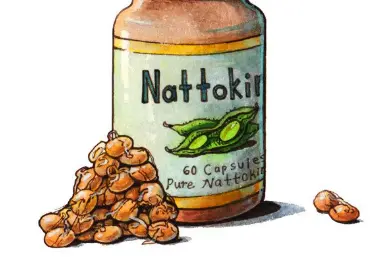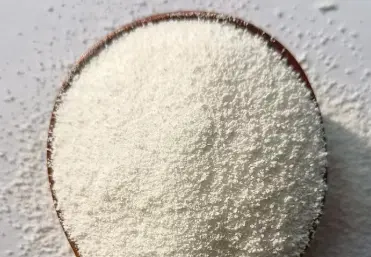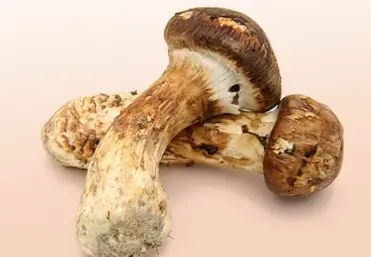
Why Is Alpha Arbutin the Best Natural Solution for Brightening Your Skin?
Alpha Arbutin is a more stable and potent version of the compound, with superior bioavailability. This means that Alpha Arbutin is more readily absorbed by the skin and delivers faster and more effective results.

Is nattokinase an effective alternative treatment to statin?
Nattokinase, a fibrinolytic enzyme derived from fermented soybeans, has gained attention for its potential cardiovascular benefits. Statins, commonly prescribed to lower cholesterol levels, are a cornerstone in cardiovascular disease prevention.

Sodium Polyglutamate in Skin Care
Sodium Polyglutamate (PGA) is a potent humectant derived from fermented soybeans, known for its exceptional moisture-retention abilities. This naturally occurring biopolymer has garnered significant attention in the skincare industry due to its superior hydration capabilities, which some studies suggest surpass even hyaluronic acid (HA).

What flavor is Tricholoma Matsutake?
Tricholoma Matsutake has a distinctive aroma, which some describe as a combination of pine, wood, and spice. When cooked, the mushroom retains its unique earthy flavor, but it becomes more mellow and refined. The texture of Matsutake is firm and meaty, with a slight crunch that contrasts nicely with its smooth, savory taste.

Calcium pyruvate for weight loss reviews?
Regarding the effectiveness of Calcium pyruvate for weight loss, there exist diverse viewpoints and research findings.

What is matsutake extract used for?
Matsutake mushrooms extract are a valuable resource with diverse applications. Their culinary uses, medicinal properties, and economic significance make them a unique and important mushroom species.

What is the best most absorbable calcium supplement?
When discussing the best and most easily absorbed calcium supplements, several options stand out based on their absorption rate, effectiveness, and suitability for different populations.

Is natto powder as good as natto?
Natto, a traditional Japanese fermented soybean dish, has gained popularity worldwide for its unique flavor and potential health benefits. As more people seek to incorporate this nutritious food into their diets, a question often arises: Is natto powder as good as fresh natto? This blog post will explore the similarities and differences between Natto Powder and traditional natto, examining their nutritional profiles, convenience factors, and potential health benefits.

What is adenosine used for?
Adenosine is a naturally occurring nucleoside that plays a crucial role in various physiological processes. In the medical field, adenosine is well-recognized for its therapeutic use, primarily under trade names such as Adenocard and Adenoscan.

What is the difference between Rhodiola rosea salidroside and Rosavin?
Rosavins and salidroside are both natural compounds found in the root and rhizome of the plant Rhodiola rosea, but they differ in their chemical structures and specific biological activities.

 Food Additives
Food Additives









